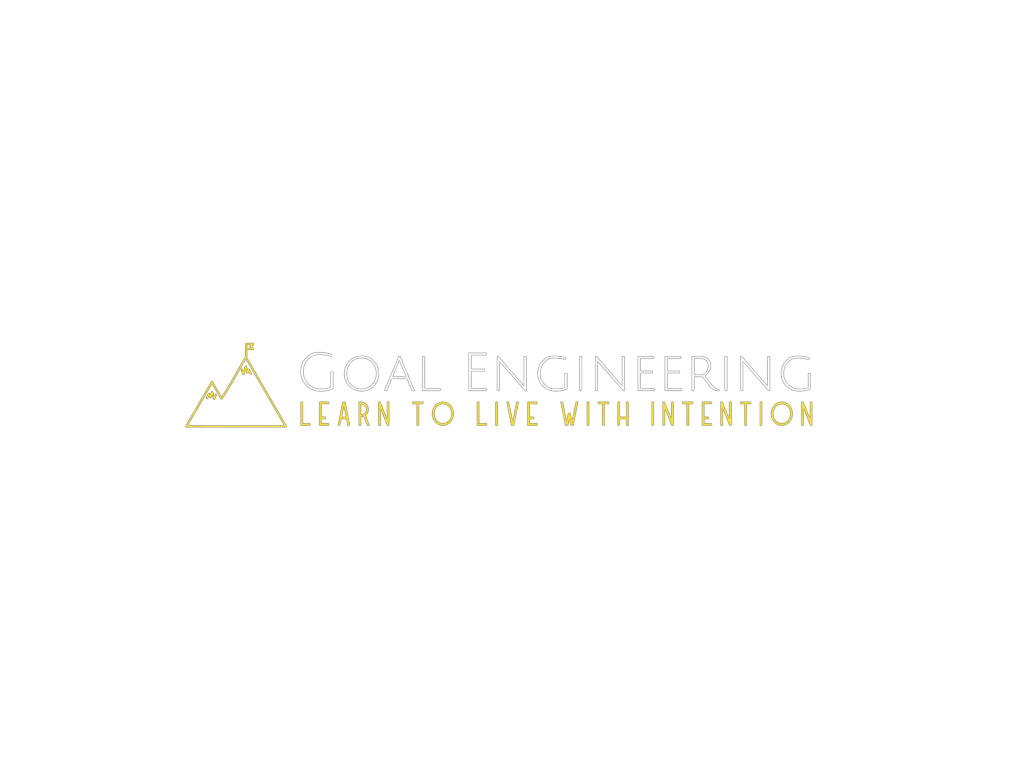Do you remember the last time you failed to reach a goal? It may have happened last week or years ago, but inevitably, it happens to all of us. You might be wondering, as I have, what to do when you don’t achieve your goals.
There are many things you can do when you don’t accomplish your goals, including:
- Set new goals
- Seek help from others
- Re-evaluate your goals
- Practice self-compassion
- Reflect and learn from mistakes
- Alter your perspective on failure
- Stay positive, committed, and persistent
- Try again with a better timeline and action plan
The truth is, you don’t need all of these to succeed. After failing to reach many goals, I’ve found that there are really only three of these that will make the biggest impact in helping you get back up and going again.
Here we go!
1. Reflect on What Happened and Learn From Mistakes
This step is all about finding the reason you failed. When you have that figured out, the next steps are possible. And it opens the pathway to reaching your dreams amid even the worst setbacks.
The first thing you want to do after not achieving your goals is take some time to assess the situation.
Set aside an hour during a time of the week when you know you won’t get distracted. Mornings or Sunday afternoons are best, from my experience.
Then, open up a new note on your phone or a new Google Doc on your computer and copy these questions and answer them:
- What did you do wrong?
- What excuses did you make?
- Were your action steps not quite right to lead you to your goal?
- Sometimes life throws a curveball at you, was that the case here?
- Did you set your sights too high and you just need more time or a better plan?
- Are your goals actually what you want and not based on what others want for you?
I spent some time reflecting like this after failing a goal to make the basketball team in high school. As I looked hard at my motives, I realized that I got caught up in peer pressure and was only doing this because all my friends were on the team.
I ended up giving up on that goal and afterward, I was much happier. And it led to me setting and accomplishing much better and more fulfilling goals throughout the rest of my time in high school.
It’s also especially important to recognize that life’s unexpected challenges can sometimes make your goals unrealistic for a time. I’ve had this happen multiple times, especially when I’ve lost loved ones.
During those moments, you have to recognize that there is just nothing you can do and that it’s best to set aside your goals for a time.
2. Adjust Your Goals or Set Better Goals & Try Again
The next step to take when you don’t achieve your goals is all about figuring out what to do with the information you got from looking for the reason you failed in step one.
Here are some possible scenarios you might encounter and what you can do about them:
- If you got overwhelmed or burnt out, you can take a break or try again but with a longer timeline or cut your goal in half.
- In the event that unexpected setbacks derailed your plans, check whether those are taken care of. If so, proceed as you would have had they not come up. If not, set little to no goals. The challenge will provide growth enough that you probably don’t need to push yourself further.
- If you struggled to stick to your action steps, improve them. As Jon Acuff says “Make it fun if you want it done.”
- It’s also time to adjust your action steps if you’ve stuck to them but you didn’t reach your goals. Maybe running isn’t best for losing body fat, for instance.
- When you discover that you set extrinsic goals like gaining money or status, you need to spend more time finding the goals that will really fulfill you. Go deeper by asking yourself why you want certain goals.
However you decide to adjust your plans, it’s key that you focus on action steps. Usually when I fail a goal I find that these are the main culprit. Either I didn’t do them or they didn’t lead to my outcomes.
Remember, always be asking this crucial question:
What action, if I did it every day for a year, would nearly guarantee that I’d reach my goal?
Once you’ve found out what to do next, it’s time to just start and see how it goes. You can always modify your goals as you go, and you should. After all, you can only steer a moving ship.
Set a time to begin working on your goals again. The beginning of a week or month is good, but the start of the next quarter might be best depending on where you’re at.
Don’t delay unnecessarily though. Some goals, like walking and meditating, will help you through a hard time. And be careful that you’re not waiting so long that it gets too hard to start again.
And of course, take a break if you’re burnt out. Make sure that during this time you’re trying to reorganize your life so that you can eliminate burnout altogether.
3. Improve Your Perspective, Especially on Failure
The final step is about changing your mindset to make you more resilient against failure. That way, when it comes again you’ll be ready to keep going no matter what.
Part of this, however, is recognizing that failure is a natural part of the process. And that just because you failed it doesn’t mean your life will fall apart or that you’re a terrible person.
The problem is, from our earliest school days, those who taught us usually tended to treat failure like a terrible thing when it’s not so bad.
What they should have done is recognized that it’s a sign of growth and should be celebrated.
When you don’t accomplish a goal, it doesn’t mean anything about you. It’s just information. A scientist won’t get angry because the results of their experiment disprove their hypothesis. Neither should you break down when you find that something is harder than you thought.
Just look at the perspective and perseverance of some of the world’s most influential people:
- Thomas Edison, inventor of the light bulb famously said: “I have not failed. I’ve just found 10,000 ways that won’t work.”
- Walt Disney was fired from his newspaper job because they thought he lacked creativity and his first animation studio go bankrupt. But he didn’t let that bring him down and how his name is everywhere.
- JK Rowling was a struggling single mother and the manuscript for Harry Potter got rejected dozens of times before being published. Now it’s one of the most popular book series in the world.
How to Alter Your Perspective
One of my favorite books is Martin Seligman’s Learned Optimism. It’s completely changed my life for the better every day since I read it.
In the book, Seligman explains how you and I have an explanatory style, which is another word for perspective.
When something goes wrong, pessimists catastrophize and get stuck in three thinking traps. They believe that:
- Their struggles are permanent, or will never end.
- What they’re going through is personal, which means it’s because there is something wrong with them.
- This difficult thing is pervasive and they exaggerate it to declare that because this one thing is wrong, their entire life is wrong.
Optimists, on the other hand, realize the truth that difficult things end, they aren’t a sign of a personality issue, and it’s not pervasive.
To change your perspective, you need to follow the ABCDE method to write out your thoughts and dispute them with truth:
- Adversity: write down what happened
- Belief: write about what you believe about the situation, yourself, and what it means about you and the future
- Consequence: how does that belief make you feel?
- Disputation: dispute the belief with truth. Think in terms of personal, permanent, or pervasive
- Energization: recognize that it feels a lot better to live in optimism and truth than it does to be a pessimist
I’ve been doing this whenever a challenge arises for almost a decade now and I can’t overstate how much better my life is because of it.
Just a month ago when our daughter was born early and had to spend some time in the neonatal intensive care unit, I used it to remain calm throughout the entire trial.
You can use it to completely change the way you see failure and keep going when you fail to reach your goals.
Let’s Wrap This Up
In summary, here are the three best things to do when you don’t achieve your goals:
- Find out why you didn’t reach your goals.
- Figure out what you can do next, taking the “why” into account.
- Alter your outlook on failure so you can be resilient when future setbacks come.





